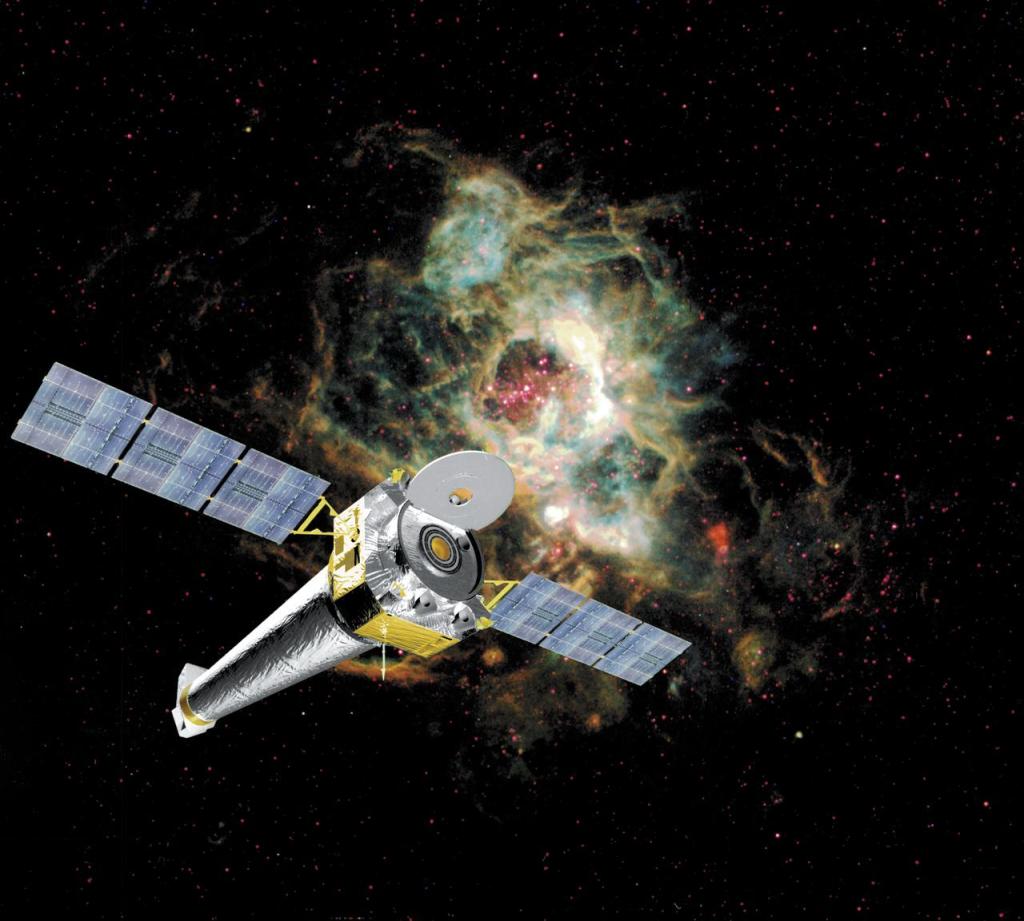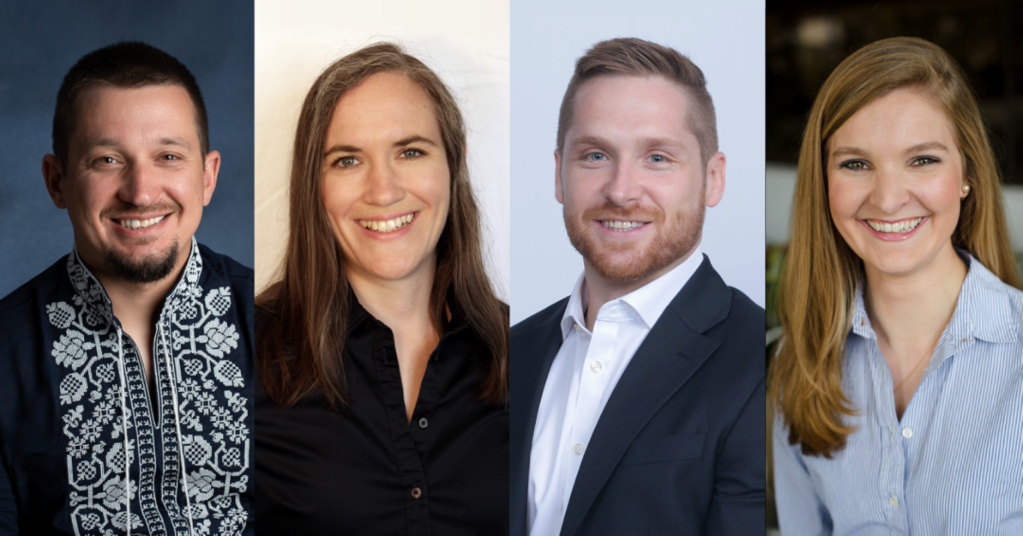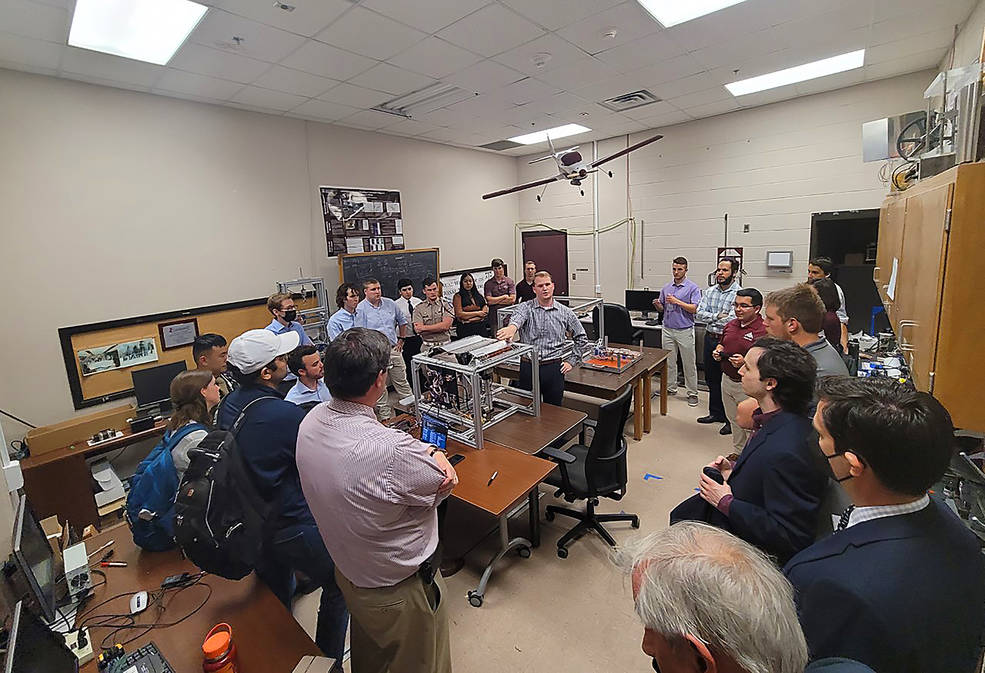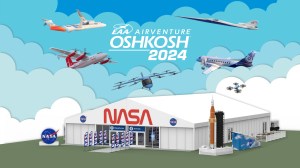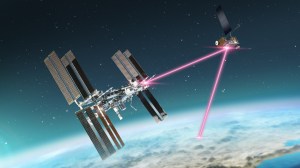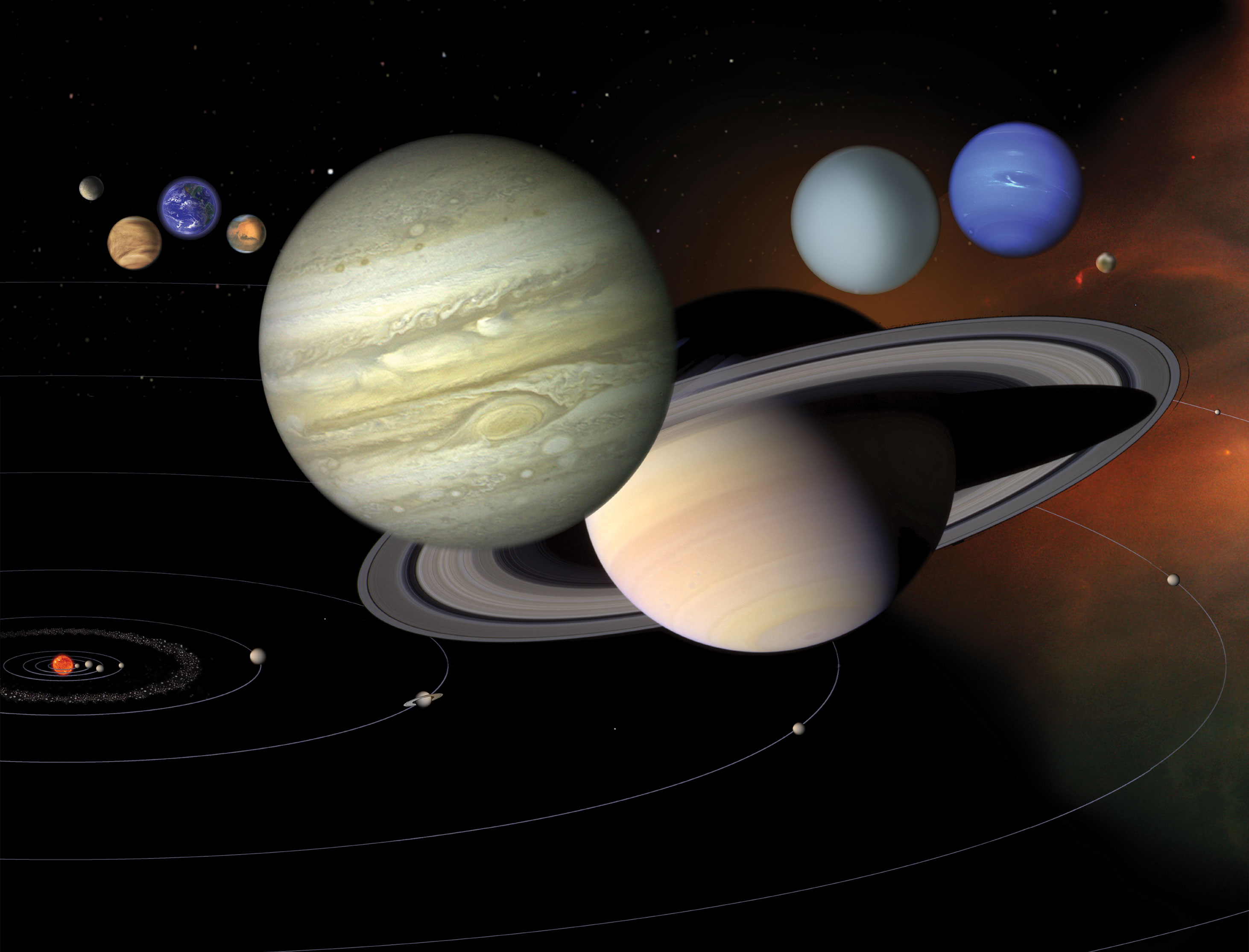In 2017, NASA gave five teams of university professors and students a unique opportunity: a chance to make original, hands-on contributions to solving some of the biggest aeronautics challenges of the 21st century.
With NASA backing, those teams went on to produce research with the potential to revolutionize air travel, with innovations that could apply to air taxis, drone deliveries, and green technologies.
By the time the teams concluded their work in 2022, they saw contributions from 21 partner universities, six industrial partners, 47 faculty investigators, and 174 graduate, undergraduate, and even high school students.
“ULI challenges universities to engage creative and innovative minds across the academic arena to identify big aviation research challenges and define their unique approaches to overcome the barriers,” said Koushik Datta, ULI project manager. “The technical accomplishments and student development by the first round ULI teams has far surpassed my initial expectations.”
Since that first group of five teams consisting of a lead university and partnering entities were selected in 2017, four more rounds of ULI teams were chosen to participate. Announcements for a sixth round are expected soon.
According to ULI’s inaugural participants, the initiative provided them with research opportunities they wouldn’t have had otherwise.
“The size and scope of the grant allows for a large-scale, concerted project that isn’t typically possible for university researchers, especially in aerospace engineering,” said James Coder, an aerospace engineering professor at the University of Tennessee, Knoxville.
Coder’s team worked on using smooth airflow over a wing to increase fuel efficiency. ULI’s five-year timespan allowed Ph.D. students to start and finish on the same grant, which he called a “rare opportunity.”
ULI also is unique in that students at all levels – from high school to graduate school – directly performed research and provided original inputs and contributions to the project.
“Students not only were the main workforce of the project but also actively participated in project management, industry outreach, external presentations, and seminars,” said Jin Wang, professor of electrical and computer engineering at The Ohio State University.
Wang led a team who tested a one-megawatt electric motor for use in aviation – enough energy to power a hybrid electric propulsion system for an airliner about the size of a Boeing 737. He said some of the students who have since graduated are now working in the aviation industry – including alongside NASA researchers.
Leaders from the five projects shared their thoughts on their projects. Click below to read five-question interviews about their work:
- Coder, of the University of Tennessee, Knoxville, whose project researched how to harness smooth airflow around a wing to increase an aircraft’s fuel efficiency.
- Wang, of The Ohio State University, whose project developed and tested a one-megawatt electric motor for use in aviation.
- Dimitris Lagoudas, of Texas A&M University, whose project researched how the shape of an aircraft structure could change in real time to allow for quiet supersonic flight with changing weather.
- David Matolak, of the University of South Carolina, whose team explored the use of new communications frequencies for use in aviation to expand and improve the information transmitted and received by aircraft operators.
- Yongming Liu, of Arizona State University, whose team studied ways to handle and analyze data generated by air traffic management to predict real-time aircraft and airspace safety.



